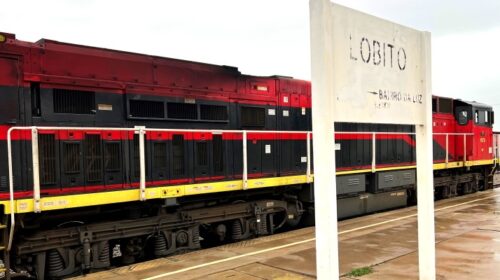Lualaba Province Contributes to Nearly 60% of DRC’s Mining Revenues
The first panel discussion at the Concrete Expo, held at the Musompo Trading Center in Lualaba province on October 3, 2023, focused on the contributions of mining taxation and the construction sector to the province’s development.
Mathieu Kazembe Swana Ilunga, the Provincial Minister of Budget and Planning, emphasized the crucial role of taxes in funding essential public services such as roads, hospitals, and schools.
He highlighted several significant projects in the province that were made possible through tax revenue, including the construction of the Kolwezi airport, schools, and hospitals.
Kazembe Swana explained that the province utilizes both direct debits with compensation and without compensation, in addition to royalties, which are periodic financial benefits paid to the owner.
Lualaba, a province rich in mineral resources, primarily boasts copper, cobalt, manganese, and industrial materials like limestone.
Major mining activities in the province are conducted by large companies like Gecamines and its partners, including KCC, TKM, Kamoa, MUMI, SICOMINES, COMUS, and BOSS MINING.
Additionally, artisanal production makes a substantial contribution, accounting for 20% of provincial production.
The mining sector in Lualaba province plays a significant role, contributing 60% to the national production, as stated by Mathieu Kazembe.
The province levies various taxes and fees according to the law ordinance of March 13, 2018, establishing the nomenclature of taxes and fees of the province and the ETDs.
These taxes include remuneration costs for services rendered, mining royalties, doorsteps, monthly royalties on merchant product purchases, taxes on mining deposit approvals, taxes for the extraction of construction materials, and more.
Of note, artisanal gold and diamond transaction product taxes, the right to grant artisanal exploitation cards, CEEC quota, and incentive taxes for concentrate processing are among the revenue sources for the provincial budget.
Kazembe Swana concluded by highlighting the distribution of mining royalties, which are paid by mining exploitation titleholders, with 50% going to the central power, 25% to provincial power, 15% to the ETD, and 10% to the Mining Fund for Future Generations, as stipulated in article 242 of the Mining Code.
These royalties, along with conventional taxes and road taxes, collectively account for 56% of the provincial budget’s revenues.
![]()





